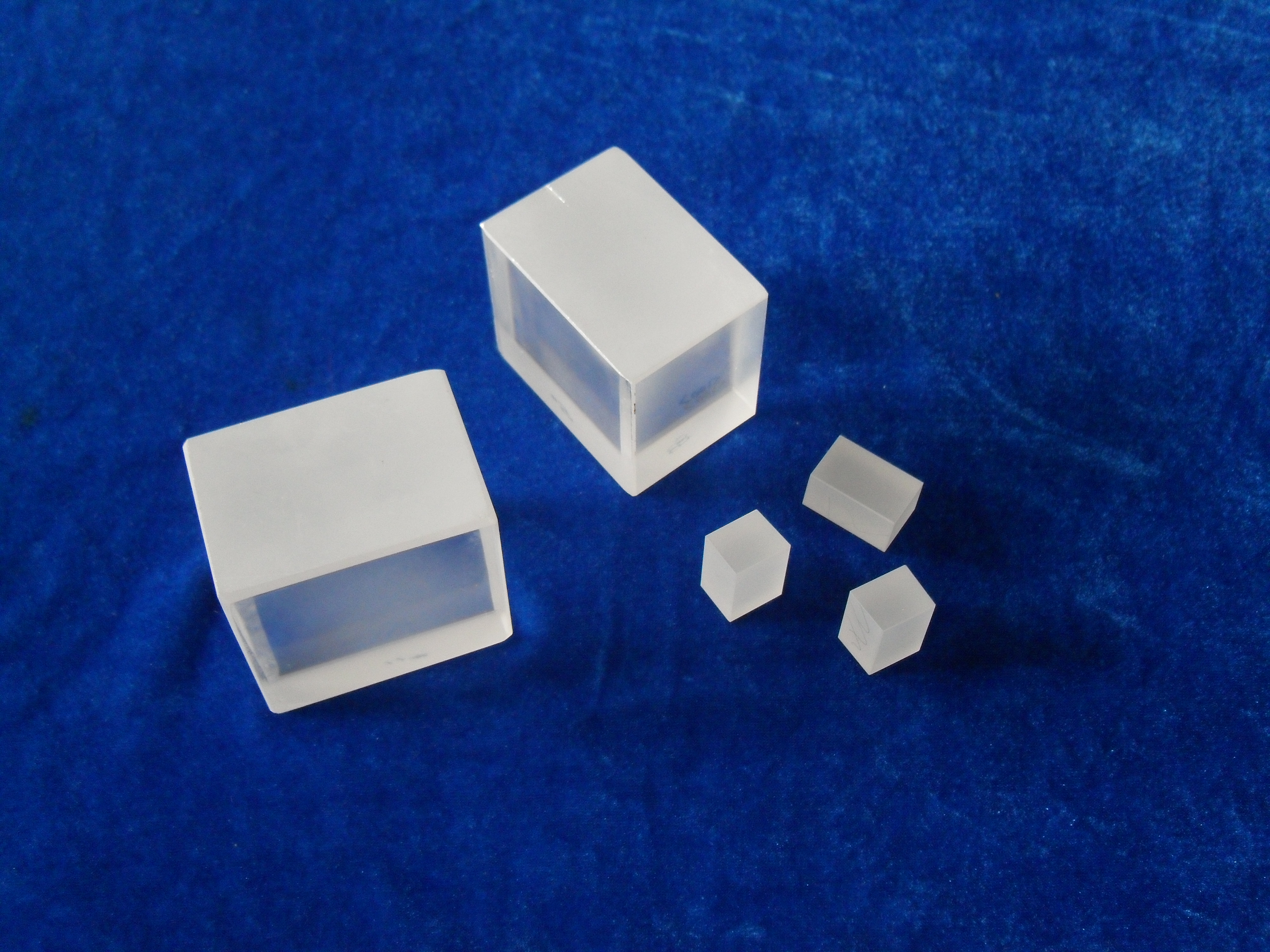LED ">LED is the abbreviation of English "LIGHT EMITTING DIODE", Chinese abbreviated as light-emitting diode, because it has many advantages such as environmental protection, long life, high photoelectric efficiency (current light efficiency has reached 100LM/W), earthquake resistance, etc. The application of the industry has developed rapidly. In theory, the service life of LEDs is about 100,000 hours. However, in the actual application process, some LED lighting designers have insufficient understanding of LED driving power or improper selection or blind pursuit of low cost. The life of the product is greatly shortened, and the life of the poor LED lamp is less than 2,000 hours, and some are even lower. As a result, the advantages of the LED lamp are not well played.
Due to the particularity of LED processing and manufacturing, the current and voltage characteristics of LEDs produced by different manufacturers and even the same manufacturer in the same batch of products have large individual differences. Taking the typical specification of high-power 1W white LED as an example, according to the current and voltage variation rules of LED, a brief description is given. Generally, the forward voltage of 1W white light application is about 3.0-3.6V, that is, when it is labeled as 1W LED. When the current flows through 350 mA, the voltage across it may be 3.1V, or it may be other values ​​at 3.2V or 3.5V. To ensure the lifetime of 1WLED, the general LED manufacturer recommends that the lamp factory use 350mA current. Drive, when the forward current through the LED reaches 350 mA, the small increase in the forward voltage across the LED will cause the LED forward current to rise sharply, causing the LED temperature to rise linearly, thereby accelerating LED light decay. To shorten the life of the LED and even burn out the LED when it is serious. Due to the particularity of the voltage and current changes of the LED, strict requirements are imposed on the power supply for driving the LED.
LED drive power is the key to LED luminaires. It is like a person's heart. To manufacture high-quality LED luminaires for lighting, it is necessary to abandon constant voltage to drive LEDs.
Many high-power LED packaging plants now seal many individual LEDs in parallel and in series to produce a single 20W, 30W or 50W or 100W or higher power LED, even before the package. They are strictly selected and matched, but there are dozens and hundreds of individual LEDs due to the small internal quantity. Therefore, the packaged high-power LED products still have great differences in voltage and current, and Compared with a single LED (generally a single white light, green light, blue light operating voltage of 2.7-4V, a single red light, yellow light, orange light working voltage of 1.7-2.5V), the parameter difference is even greater! (Remind that the LED lighting factory just launched the LED light source packaging quality can not be ignored)
At present, LED lamp products (such as guardrails, lamp cups, projection lamps, garden lights, etc.) produced by many manufacturers use resistance, capacitance and voltage reduction, and then add a Zener diode to supply power to the LEDs. There are great defects. First, it is inefficient. It consumes a lot of power on the step-down resistor. It may even exceed the power consumed by the LED, and it cannot provide high-current drive. Because the current is larger, the power consumed on the step-down resistor is The larger, the guarantee that the LED current does not exceed its normal working requirements, the design of the product will be reduced by the voltage across the LED to drive, so at the expense of LED brightness. The LED is driven by the resistance and capacitance step-down mode, and the brightness of the LED cannot be stabilized. When the power supply voltage is low, the brightness of the LED becomes dark, and when the power supply voltage is high, the brightness of the LED becomes brighter. Of course, the biggest advantage of resisting and capacitive step-down driving LEDs is the low cost. Therefore, some LED lighting companies still use this method.
Some manufacturers, in order to reduce the cost of the product, using constant voltage to drive the LED, also brings a series of problems such as uneven brightness of each LED in the mass production, LED can not work in the best state.
Coupletech Co., Ltd could manufacture and supply a variety of nolinear Optical Crystal ( NLO crysal ), which is Lithium Triborate (LBO) crystal, Potassium Titanyl Phosphatecrystal ( KTP ) crystal, KTA crystal, Beta Barium Borate ( BBO) crystal, BIBO crystal, Lithium niobate ( LiNbO3, LN ) crystal, Potassium Dihydrogen Phosphate & Potassium Dideuterium Phosphate (DKDP (KD*P) and KDP ) crystal, periodically poled crystal ( MgO: PPLN, PPLN ) crystal and infrared Nonlinear Optical Crystals ( AgGaS2, ZnGeP2 ) crystal with top quality, unbeatable prices, prompt delivery and the best pre- and post- sales technical support and services, for not only science users but commercial customers and industrial manufacturers all over the world.
Coupletech's NLO crystal is widely used for frequency doubling ( SHG ), third-harmonic generation ( THG ), sum frequency (SFG), optical difference frequency ( DFG ), optical parametric oscillator ( OPO ), and so on.


Nonlinear Optical Crystals,KTP Crystals,BBO Crystals,LBO Crystals,BIBO Crystals,KTA Crystals,LN Crystals,PPLN Crystals
Coupletech Co., Ltd. , http://www.coupletech.com